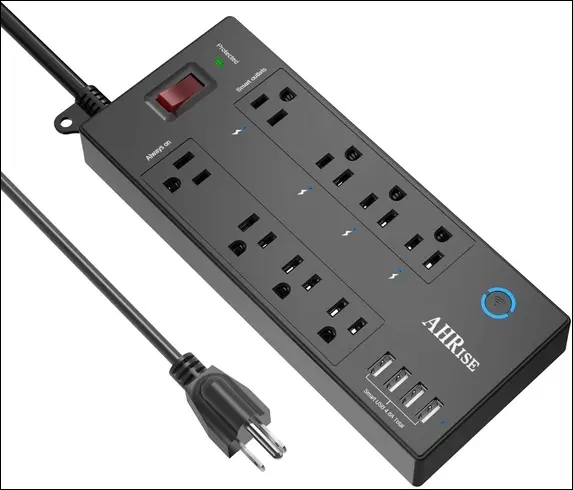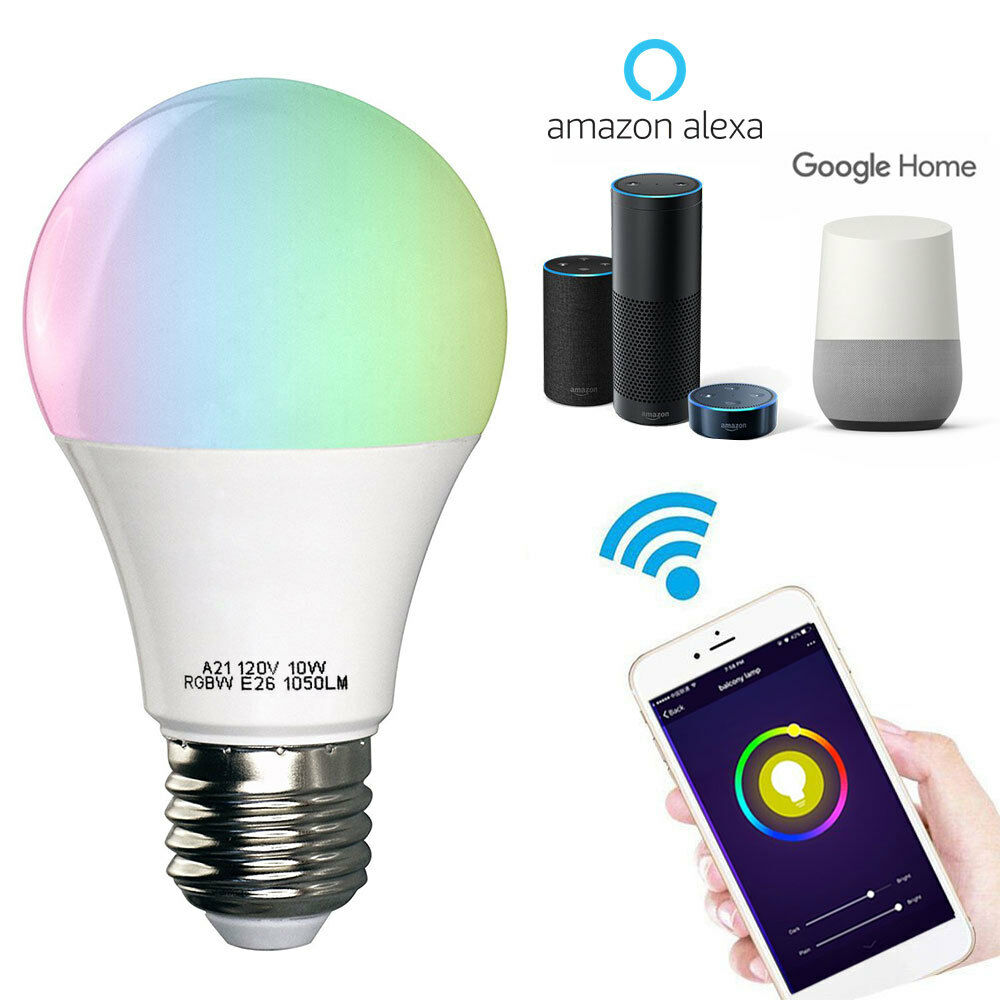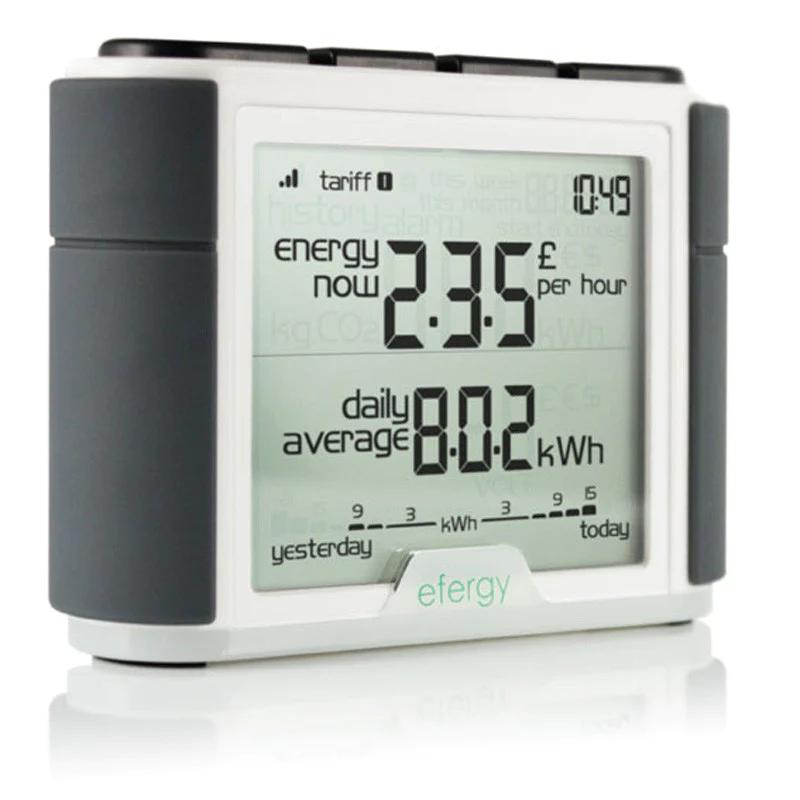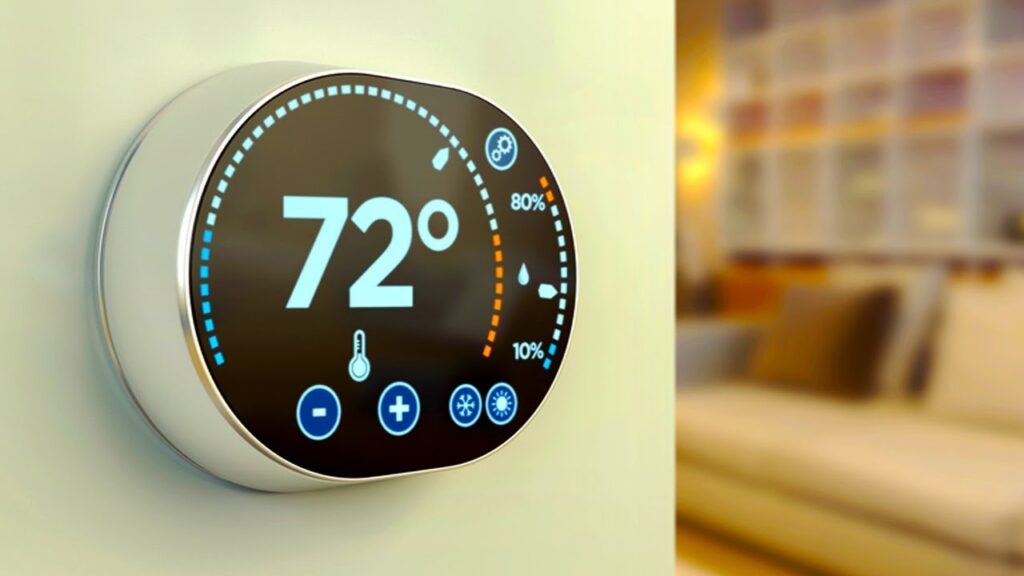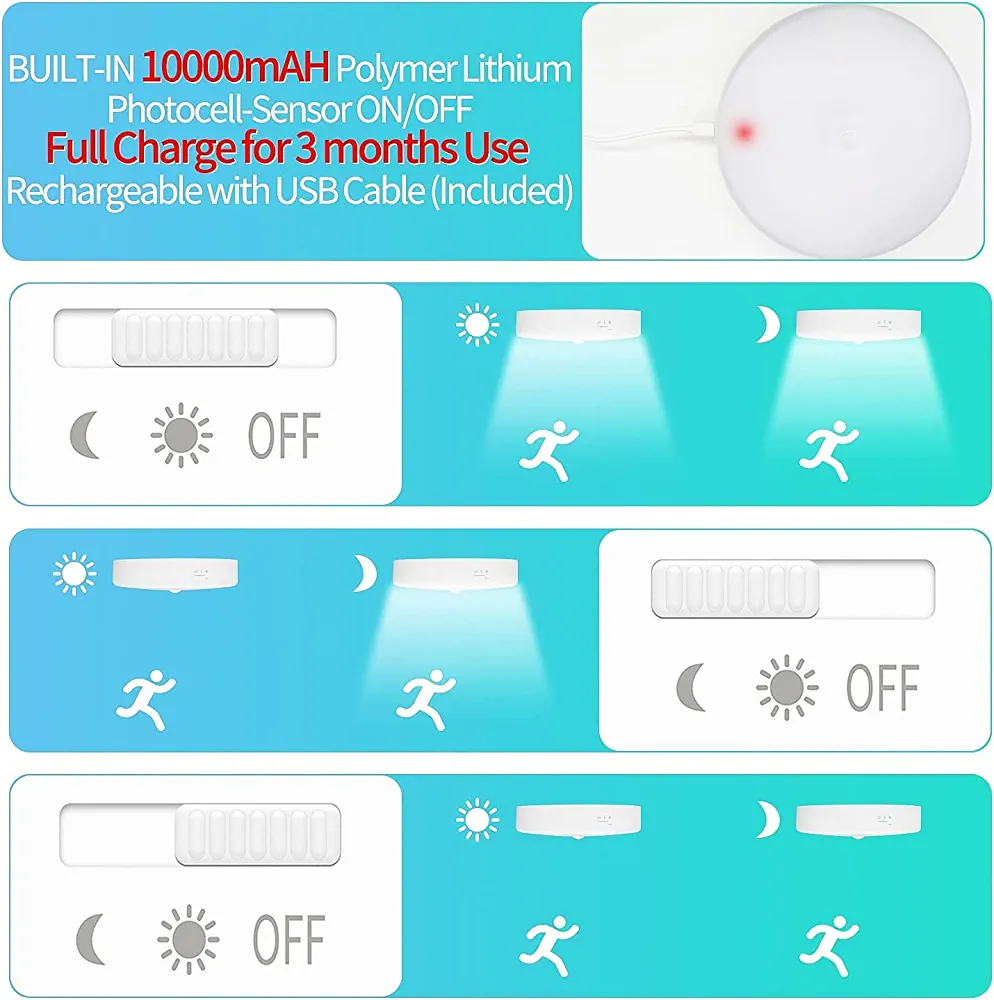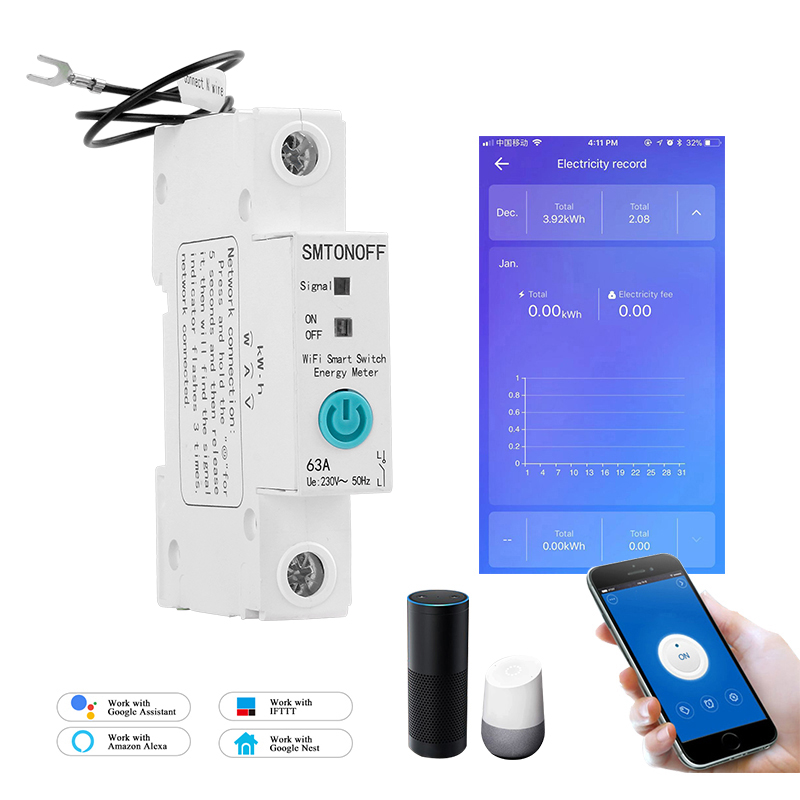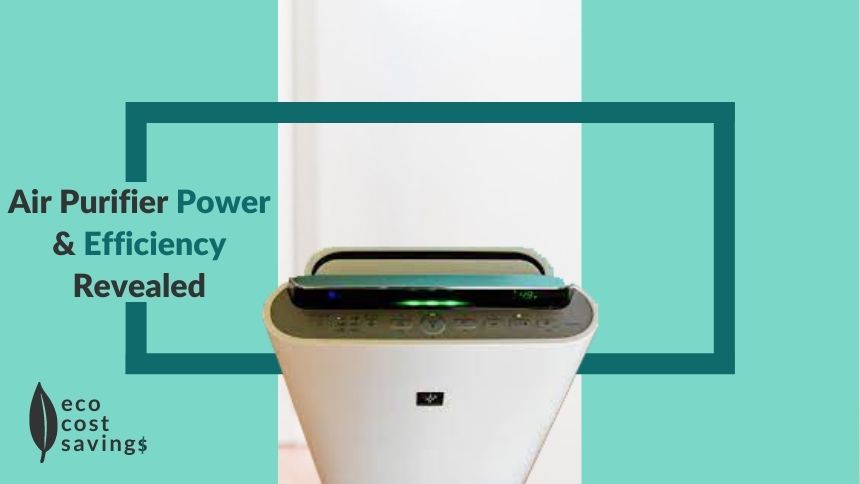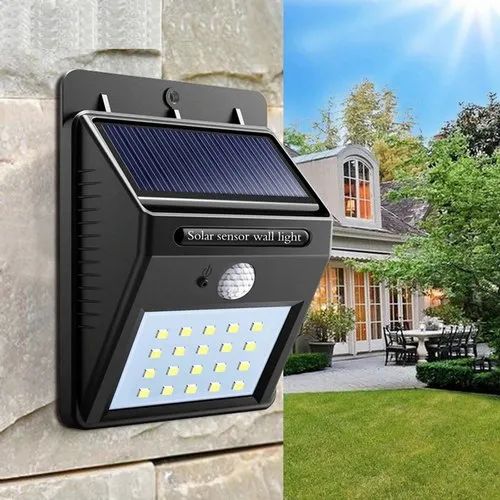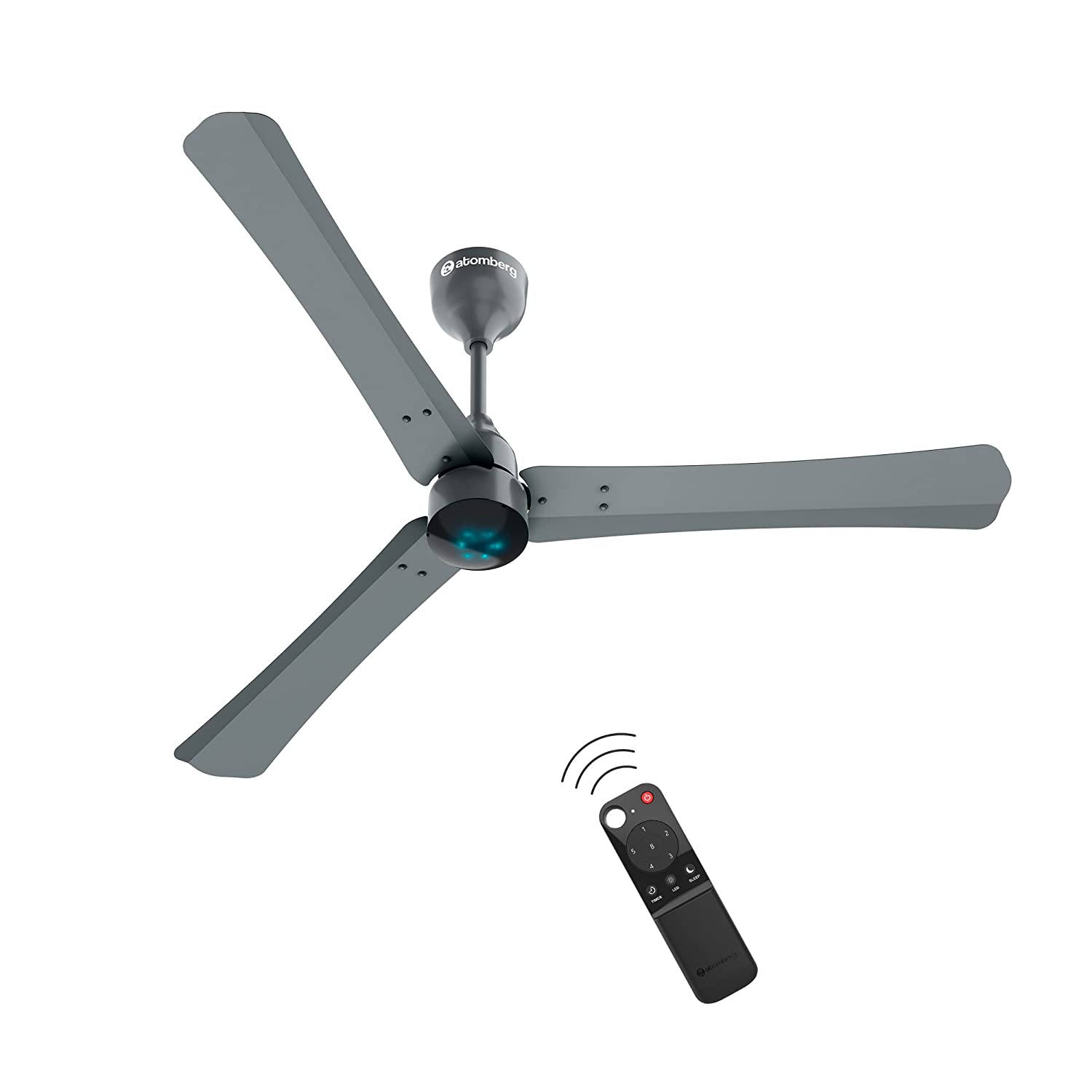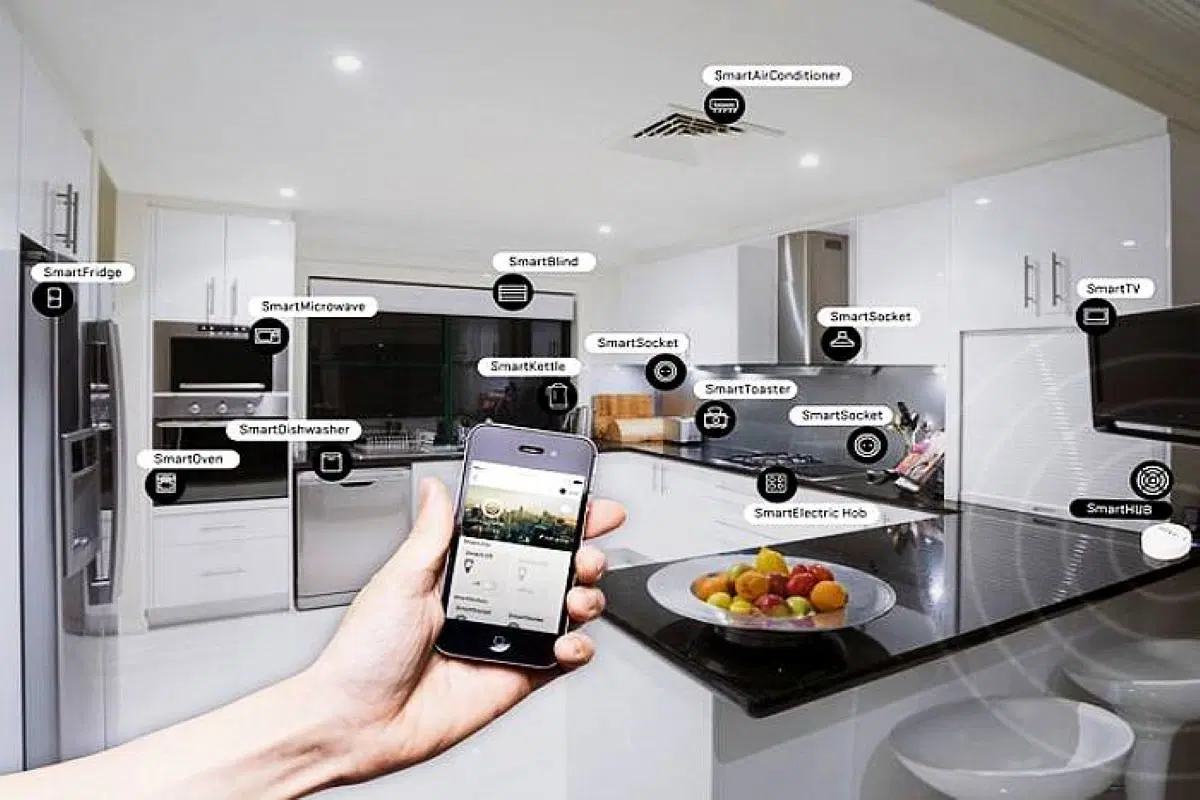Power Saving Gadgets
We're a society of consumers, and energy is no exception. Our gadgets gobble more energy than ever before, but the average consumer doesn't really know how to conserve it beyond unplugging and powering down. 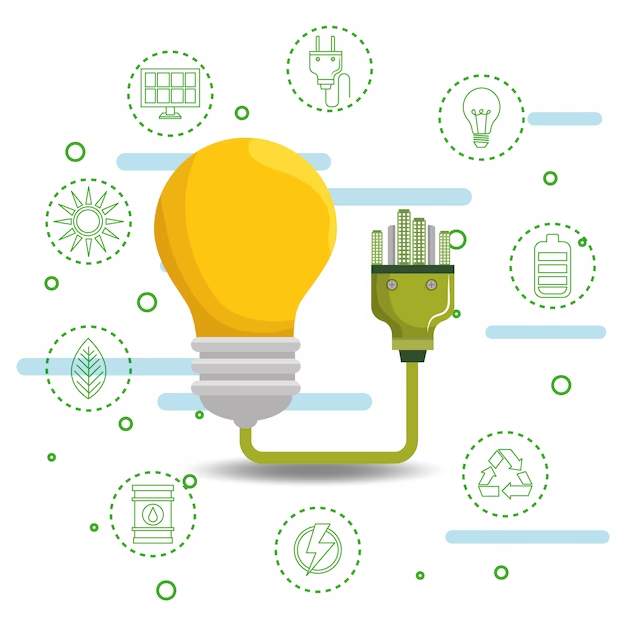
Why should you care? Beyond the obvious environmental impacts, energy-hungry devices could have an impact on your bank account. To estimate how much an appliance costs you to use daily, multiply the wattage of the device by hours per day the device is used, and divide that number by 1000:
To determine how much that device is costing you per year, simply multiply this number by the number of days the device is used. Wattage of a device can usually be found on the back of most appliances, but as a baseline, most standard small appliances in the United States use 120 volts, while larger appliances use 240 volts. The Department of Energy also provides a helpful list of typical wattages of common devices.
